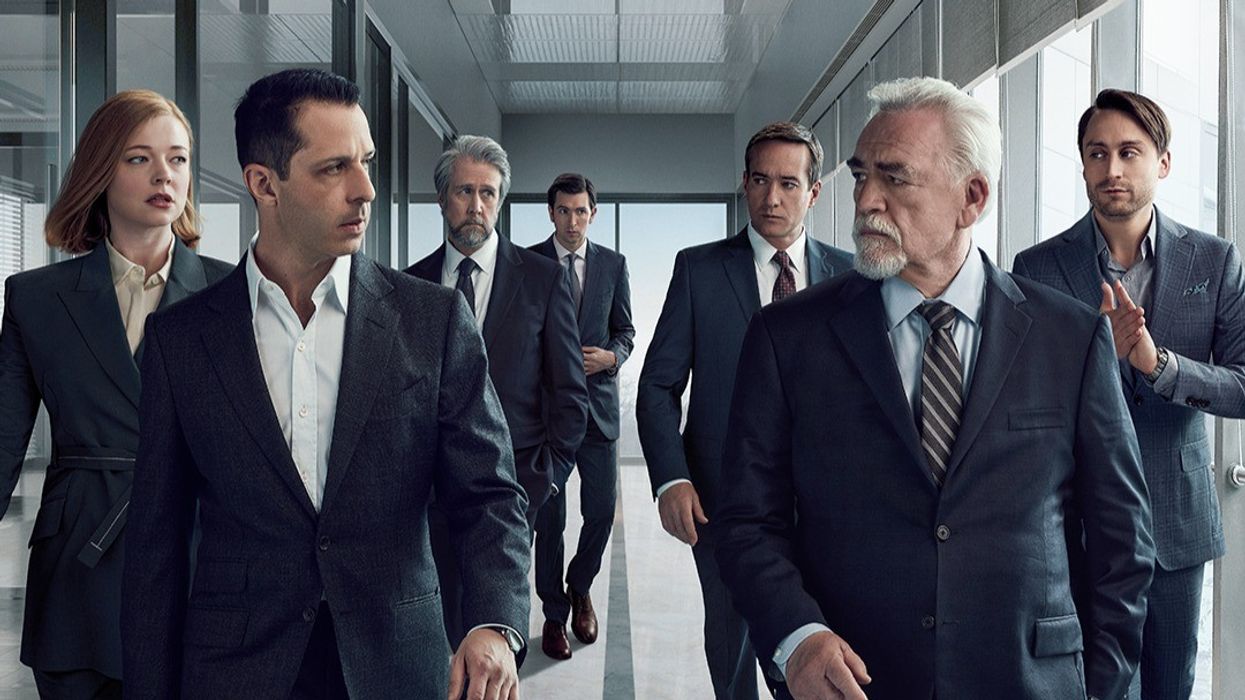How Does the 'Succession' Cinematography Accentuate the Story?
Succession's camerawork envelops all who watch.

If I told you there was a prestige drama about a group of unlikeable people with camerawork that felt spontaneous, filled with snap zooms, rack focuses, blocking all over the place, and lots of handheld shots, would you ever think it was one of the best shows on TV? Well, it is.
Succession is a perfectly crafted TV show with unique cinematography that has helped it become a tour-de-force in television.
It's a beautiful chorus of dramatic conversations and rants that enthrall you as you watch like a fly on the wall, privy to a world you may never visit but are allowed to understand through this complex camera movement and planning.
The show's creator, Jesse Armstrong, a British TV writer, and producer, told The New York Times, “I don’t want to be in a fake version of the world."
So how do they make that happen?
Check out this video from Thomas Flight and let's talk after.
So let's talk about this wonderful show and how the camera movement adds to our enjoyment. Succession takes cues from Dogme 95, cinéma vérité, and other documentary techniques. It does this to make us feel like voyeurs.
We're hearing privileged conversations between elites plotting and planning the use of billions of dollars and of legacies. This Shakespearean story is about people moving the chess pieces to find their place not only in the company but also in their relationship with family members and the outside world.
This is all planned.
Armstrong told the New York Times, “It’s a dance, getting the world right but keeping it comprehensible, the audience needs to feel they’re in a real version of the world you are portraying, not have every nuance explicated.”
The show's cinematography has been handled by Patrick Capone, Christopher Norr, and Andrij Parekh.
A traditional show would shoot this with a nailed-down camera, a dirty single, and maybe even more purposeful movements. But Succession throws all that out the window and adopts an observational style. We get to feel like we are really there in these rooms, listening and reacting. The camera feels like it is always our point of view, like we are a character moving closer to the scene, responding as it is unfolding.
Producers and directors make this happen by working with the cinematographer and camera operators to make the scenes feel like they are happening in real-time. They film actor rehearsals, so everything is being reacted to by the crew. The zooms and subtle changes are happening because the people behind it are learning in tandem with us. With this done in our proxy, we feel drawn in at home.
This also works with subversions, like when they zoom in or focus on someone and we expect a speech, but actually get only a grunt or a joke. This is used all the time with cousin Greg, allowing his punchlines to land harder because we usually expect something momentous to be said, instead of something so goofy.
Now, this style does not strictly happen in every shot of the show. Sometimes the camera is on a dolly or a tripod, giving us enough of a lull to settle us into what they want us to think and feel. This effective use of style creates a character with the camera that makes the viewer feel like a member of the Roy family. Even when all the people are screaming at each other.
Let me know what you think in the comments.
Source: Thomas Flight













